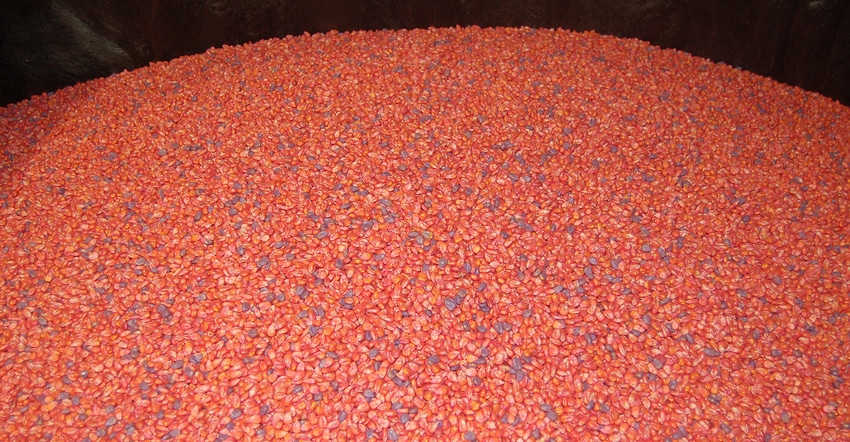
Farmer-members of Farmers Business Network made it clear to Matt Meisner that they were frustrated by a lack of transparency in pricing and discounting hybrid seed. Meisner is FBN’s head of data science.
“Discounts are a big part of the picture when it comes to seed corn,” he says. “We believed if members sent us data about seed sales, we could prepare a meaningful survey to highlight what currently happens with discounts in the seed industry.”
FBN recently released survey results to its members. Here’s an exclusive Farm Progress interview with Meisner about the survey:
Did members cooperate with your idea? Yes. We analyzed more than 25,000 seed invoices. These are what was paid for seed after all discounts.
What did you learn about volume discounts? They’re important, but they depend on the company. Certain companies offer larger volume discounts. If you buy 1,000 bags vs. 100 bags from certain companies, you see a sizable discount. Other companies don’t discount price that much for volume.
What did you learn about price and yield? Hybrids which yield more tend to sell for higher prices, but not always. While list price can be an indicator of seed performance, it’s by no means definitive. Farmers need to look at actual yield performance.
What we also saw was that companies with higher list prices may offer larger discounts, but again, it depends on the company. The national company with the highest list price offers the largest average discount, so customers generally pay less than for seed corn from another large national company which offers hybrids at a slightly lower list price but whose discounts aren’t as large.
Do discounts vary by region of the country? Yes. You can generally expect higher discounts in the heart of the Corn Belt. For example, total discounts in Nebraska and Kansas average about 5% less than farther east.
One might assume returning customers get the largest discounts. Is that true? It appears new customers end up with slightly larger discounts, on average. However, note that this is based on a smaller sample size since the survey included far more returning customers.
What did you learn from this survey? No. 1, discounts can be confusing. In many cases, list price isn’t what really counts in the end. What a farmer needs to know and compare is final price after discounts.
No. 2, you just can’t look at prices, even after discounts, when selecting seed. You also must factor in yield. Seed purchases must be profitable.
How are you using these results? We’re sharing them with members to help them get better prices from their seed suppliers. We created a system, Seed Price Transparency, to give farmers the ability to see actual prices after discount paid, seed by seed, in their state. Combined with our Seed Relabeling Variety ID system and millions of acres of yield data in FBN Seed Finder, farmers can see which seeds sold under which brand names have the best price to performance.
Just this summer we created F2F Genetics Network, offering quality seed with transparent pricing. There is one price, no matter how much you buy or where you buy it, with some early-bird discounts. Our goal is to offer affordable genetics that yield well so it’s profitable for farmers.
About the Author(s)
You May Also Like




